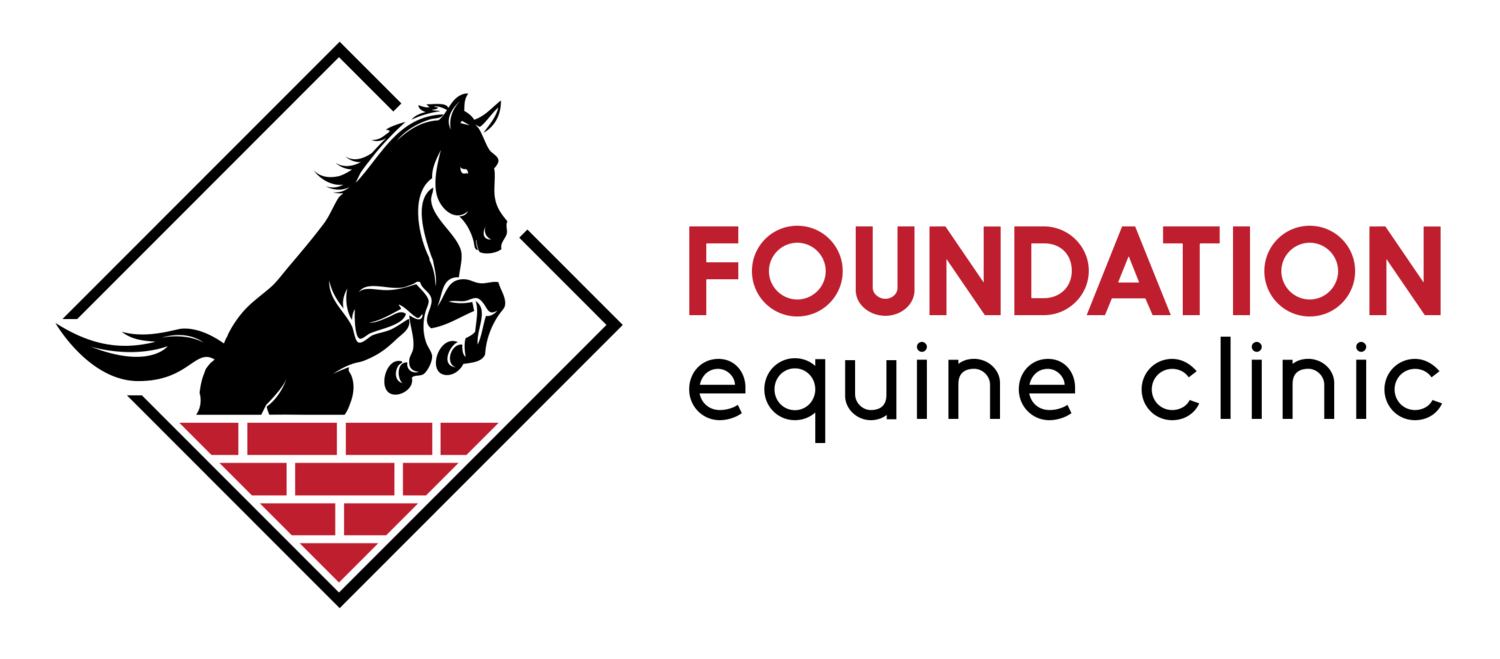Frequently Asked Questions about Equine Gastroscopy (Stomach Scoping)
Frequently Asked Questions About Gastroscopy
What is gastroscopy?
Gastroscopy is the procedure used to view the inside of a horse’s stomach. The procedure uses a 10-foot long endoscope (camera), passed into the stomach via the nose. This is the only accurate way to diagnose stomach ulcers in horses, which are very common and can cause signs of colic, weight loss, poor performance, etc. Gastroscopy can also identify tumors, stomach impactions, and other abnormalities of the upper GI tract.
“How do you get the camera/scope into the stomach?”
The equine gastroscope is 10 feet long, and is designed to reach the horse’s stomach and the first part of the small intestine. Like passing a tube for a colic, the endoscope is advanced through the horse’s nose, to the back of the throat, where it is swallowed. Unlike a colic tube, the endoscope is only about 1cm in diameter (much smaller than a tube)! After passage down the esophagus, we are able to see the entire stomach.
“Does scoping hurt the horse?”
Gastroscopy is NOT painful for a horse. The scope itself is about a centimeter in diameter, and the horse cannot feel it inside his or her stomach. The only discomfort during the scoping procedure is a mild “ticklish” feeling that some horses experience when the scope is first passed into the nose. We often use a topical anesthetic to decrease sensation in the nose.
“Does my horse have to be sedated for endoscopy?”
Yes, but only lightly! Only in rare circumstances is it safe or appropriate to scope an un-sedated horse. Humans are sedated for scoping procedures, and we are able to understand and appreciate what is happening. While the procedure is painless, it can be stressful for a horse to be surrounded by people and strange equipment. The veterinarian and assistant will need to stand almost directly in front of the horse, and the scope cannot be removed from agitated horse quickly enough to keep everyone safe. The sedatives used for gastroscopy last less than an hour, and the horse remains standing during the procedure. He can return to his normal routine about one hour after the sedation is given.
“Does my horse have to be fasted/ starved before scoping?”
Yes. We need to be able to see the ENTIRE stomach during a procedure, so fasting the horse for 12 hours is necessary (water is OK). We usually schedule gastroscopy for first thing in the morning, at your farm, so the horse can eat a normal dinner and have breakfast almost on-time! Your horse will be able to eat about 30 minutes to an hour after we perform the procedure.
“Isn’t it cheaper just to give my horse ulcer medication and see how he responds?”
Probably not! At Foundation Equine, we take pride in competitive pricing for our scoping procedures. We want to have as much information as possible about a patient’s health needs, and a definite diagnosis of gastric ulcers is critical to understanding what type and duration of treatment (if any) is necessary. Horses with gastric ulcers vary greatly with regard to the type of clinical signs observed, and the duration of treatment necessary to see a response. In addition, there are many different types and grades of equine stomach ulcers, and different types may require different treatments. Attempting to blindly treat a horse with ulcer medication to determine response will often yield false positives and false negatives. This can result in expensive treatment of horses who don’t actually have ulcers, and the delay of treatment for horses that are suffering.
“Does my horse have to go to the clinic for scoping?”
Not anymore! We provide gastroscopy right on your farm!
